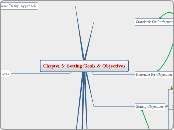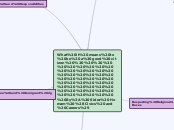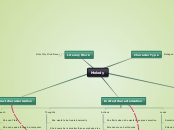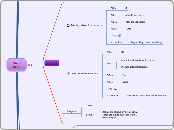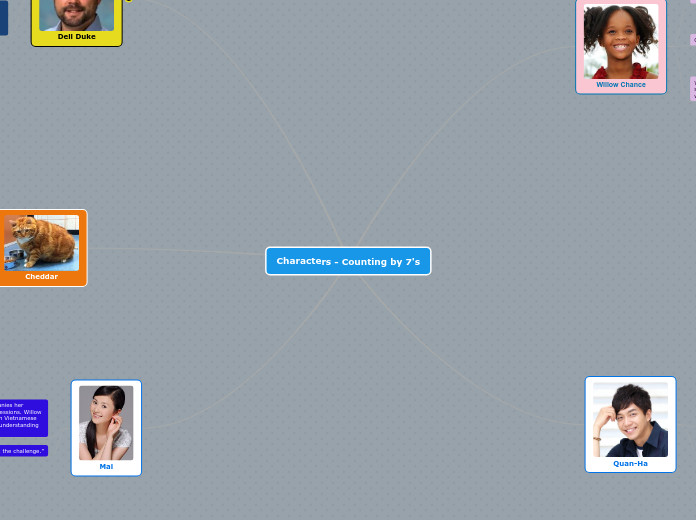da Christopher Allen-Shinn mancano 16 anni
264
TCHG 516 Chapter 3: Setting Goals & Objectives
Goals and objectives play a crucial role in educational settings, serving as a foundation for what teachers aim to achieve and how they communicate their intentions. Clear objectives ensure that teachers can be held accountable and provide a structured framework for student success.
